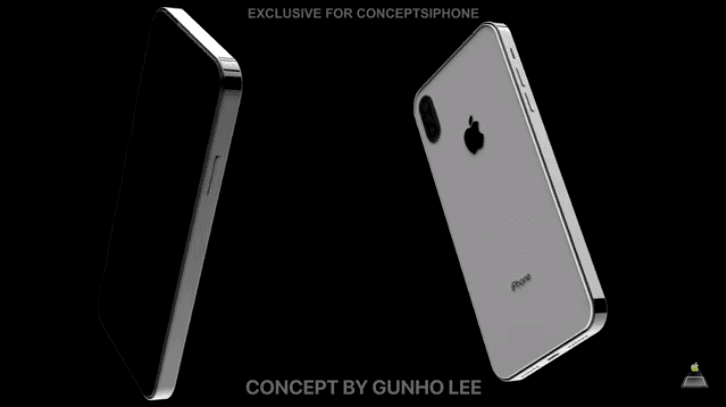There is a lot riding on Apple’s upcoming iPhone 11 series. The Cupertino company recently posted a 17.3% decline in iPhone revenues for the latest quarter as iPhone shipments declined. The 2019 iPhones are expected to bring a new design, better cameras, and other cool features to get consumers to upgrade. A reliable Apple analyst has revealed that the iPhone 11 series would feature a new antenna technology.
The iPhone 11 series will have MPI antennas
TF International Securities analyst Ming-Chi Kuo said in his latest research report to investors (via 9to5Mac) that the upcoming iPhones would bring “vast changes” to antenna structures. Kuo is well connected within Apple’s Asian supply chain, and has accurately predicted many features of Apple’s unannounced products in the past.
The analyst predicts the iPhone 11 series would feature a new modified-PI (MPI) antenna structure. The current iPhone XS, XS Max, and iPhone XR come with liquid crystal polymer (LCP) antennas. In theory, the LCP technology is better than MPI. But the LCP in its current form has certain limitations and technical issues that prevent it from reaching its full potential.
According to Ming-Chi Kuo, the LCP limits the Radio Frequency (RF) performance of devices due to its limitations. Production issues with LCP cause problems for high-frequency cellular transmission. The modified-PI antennas not only reduce the production cost but also improve performance.
Despite changes in antenna technology, users won’t feel the difference because the MPI would offer roughly the same 4G LTE performance as LCP.
Next year’s 5G iPhones would feature LCP antennas
The tech giant will switch back to LCP in 2020, when it would launch 5G iPhones. Kuo believes Apple and its suppliers will be able to resolve the technical issues limiting the RF performance of LCP by then. Apple is also expected to use LCP antennas in iPads coming in the fourth quarter of 2019.
The analyst predicts Apple will source 5G modems from Samsung and Qualcomm for 2020 iPhones. The switch from 4G LTE to 5G technology will help Apple ship 200 million iPhones in 2020. The Cupertino company will be a little late to the 5G party, largely due to its now-resolved legal disputes with Qualcomm. Android vendors such as Samsung, Huawei, Xiaomi, LG, and Oppo have already launched 5G phones.
The analyst estimates that the cost of antenna technology for the iPhone 11 series will go up by 10-20% because of the new ultra-wideband upgrades. These upgrades will reportedly improve the iPhone’s indoor navigation capabilities. Kuo had also talked about the ultra-wideband upgrades in February.
The analyst added that Apple’s supplier Career Technology would lose orders for 2019 iPhones. It will also not get any new orders for the 2019 iPads or Apple Watch. Earlier this year, Career forced about 200 employees to “voluntarily resign.” Kuo estimates that iPhone sales in the second half of 2o19 would be flat year-over-year.
Expect triple cameras, 18W charging on new iPhones
According to the rumor mill, Apple is working on a redesigned printed circuit board for 2019 iPhones to make room for bigger batteries. The iPhone 11 and 11 Max are said to have a triple camera setup on the back, adding a new super wide-angle 12MP lens. The three lenses will be placed in a square bump. The iPhone XR successor would have dual rear lenses. The selfie camera would also be upgraded from 7MP to 12MP.
The upcoming iPhones are rumored to ship with an 18W fast charger and USB-C to Light cable in the box. So far, Apple has been shipping its flagship iPhones with a slower 5W charger and a USB-A to Lightning cable despite supporting fast charging. If users wanted to take advantage of fast charging, they were forced to separately buy a fast charger and a USB-C to Lightning cable.
The iPhone 11 series will face tough competition from vendors like Samsung, Huawei, and OnePlus. All these companies have been pushing the limits of smartphone photography. According to DxOMark, the Samsung Galaxy S10 5G, Huawei P30 Pro and even Xiaomi’s Mi 9 take better pictures than the iPhone XS Max. The Android vendors also have the advantage of offering 5G while 2019 iPhones would still be stuck on 4G LTE.





